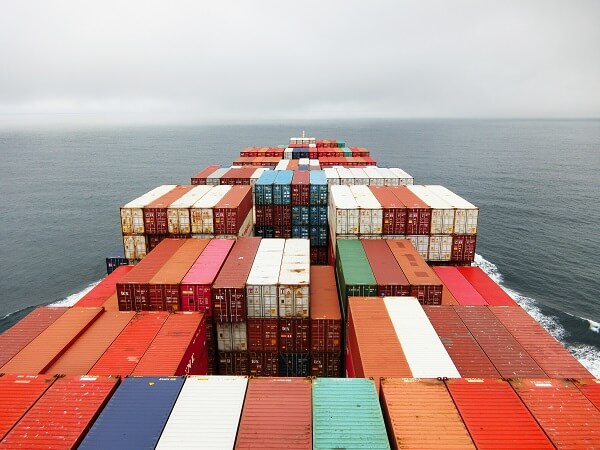Have you ever seen a cargo ship and wondered exactly how many storage containers are on there? Or how they manage to arrange them? There are a few things that must be considered to determine the arrangement of containers for shipment. Both the internal and external dimensions are considered. The internal dimensions are deemed as useful space while the external dimensions are more of a concern if the surrounding space is limited.
Shipping Container Capacity
A container ship’s capacity is measured in twenty-foot equivalent units (TEU). A typical load is a mix of 20-foot and 40-foot ISO (International Standard Organization) containers. Currently, the largest cargo ship, based out of the UK can be loaded with about 19,100 standard size containers. Now that’s a lot of containers!
To save space on a cargo ship at times, your items can be shipped with someone else’s items if neither have enough items to fill the entire container and the cargo is going to the same destination. This will allow for both shipments to be transported more efficiently and is more cost-effective for both parties.
Shipping Container Shipment
A stowage plan or bay plan is the method used for how container ships are loaded. These plans are used to maximize the economy of the shipment and of course safety. Algorithms and computer systems help to plan the most efficient and practical storage schemes.
If you don’t think that it’s important to put some serious thought into how to pack a shipping container, keep this in mind: Losses from improperly packed containers can add up to $5 billion a year worldwide. Not only is this a loss for the person(s) own cargo, but shippers are liable for the damage caused to other containers and the vessel itself. There are packing guidelines, but without any regulation, there is no way to enforce them.




